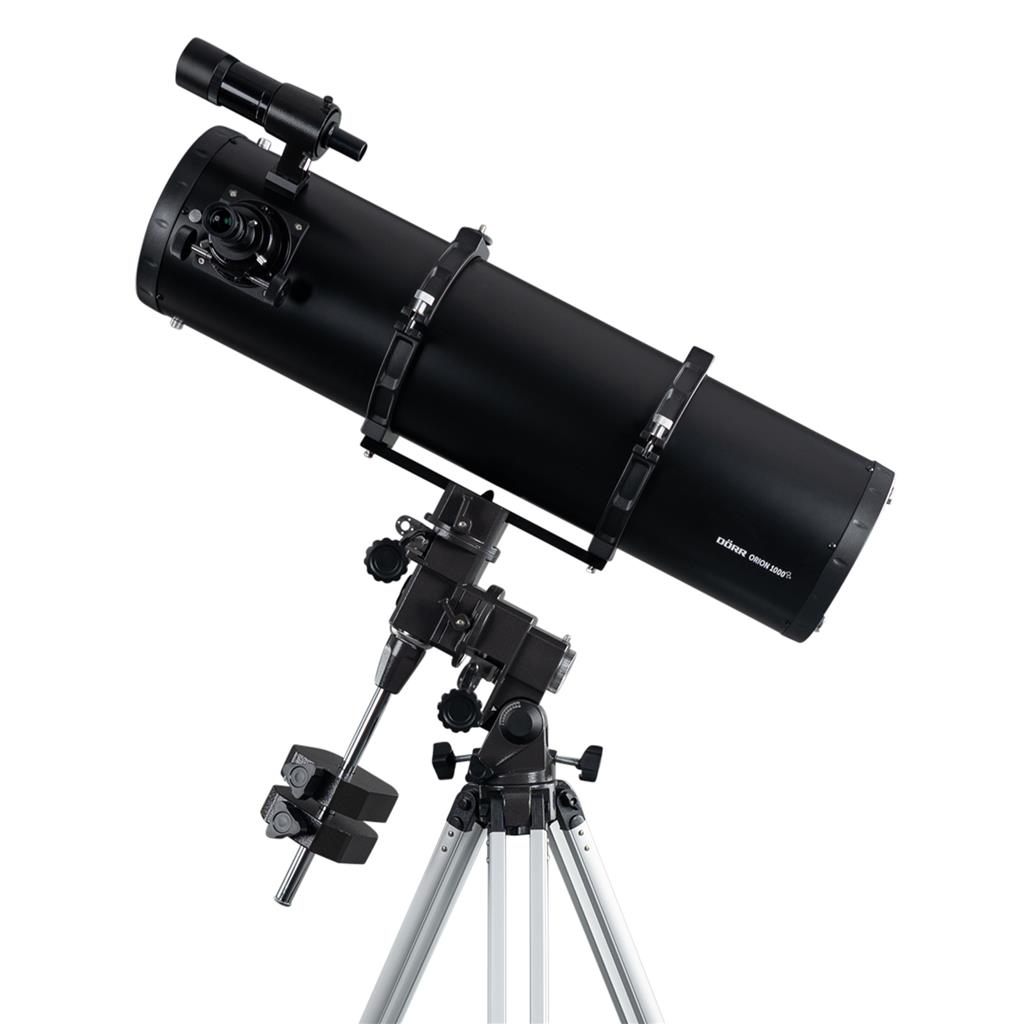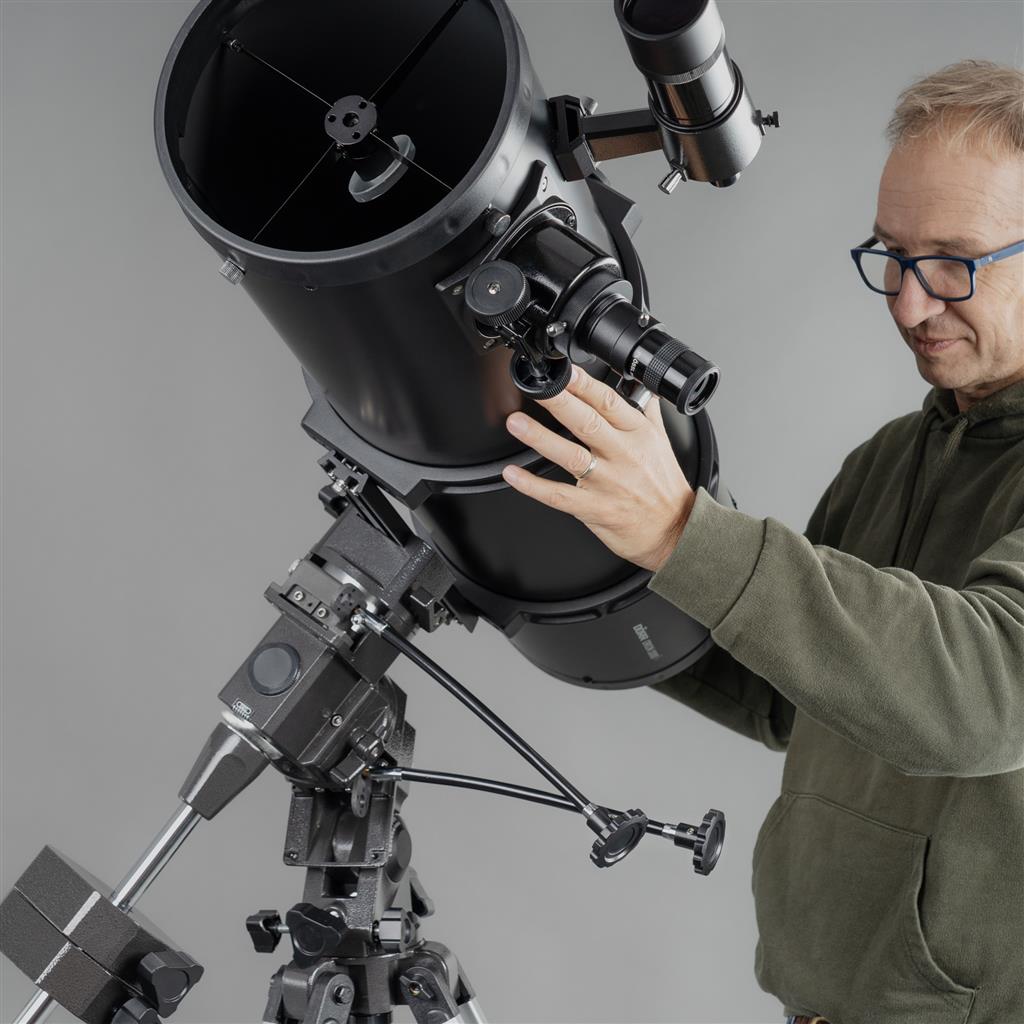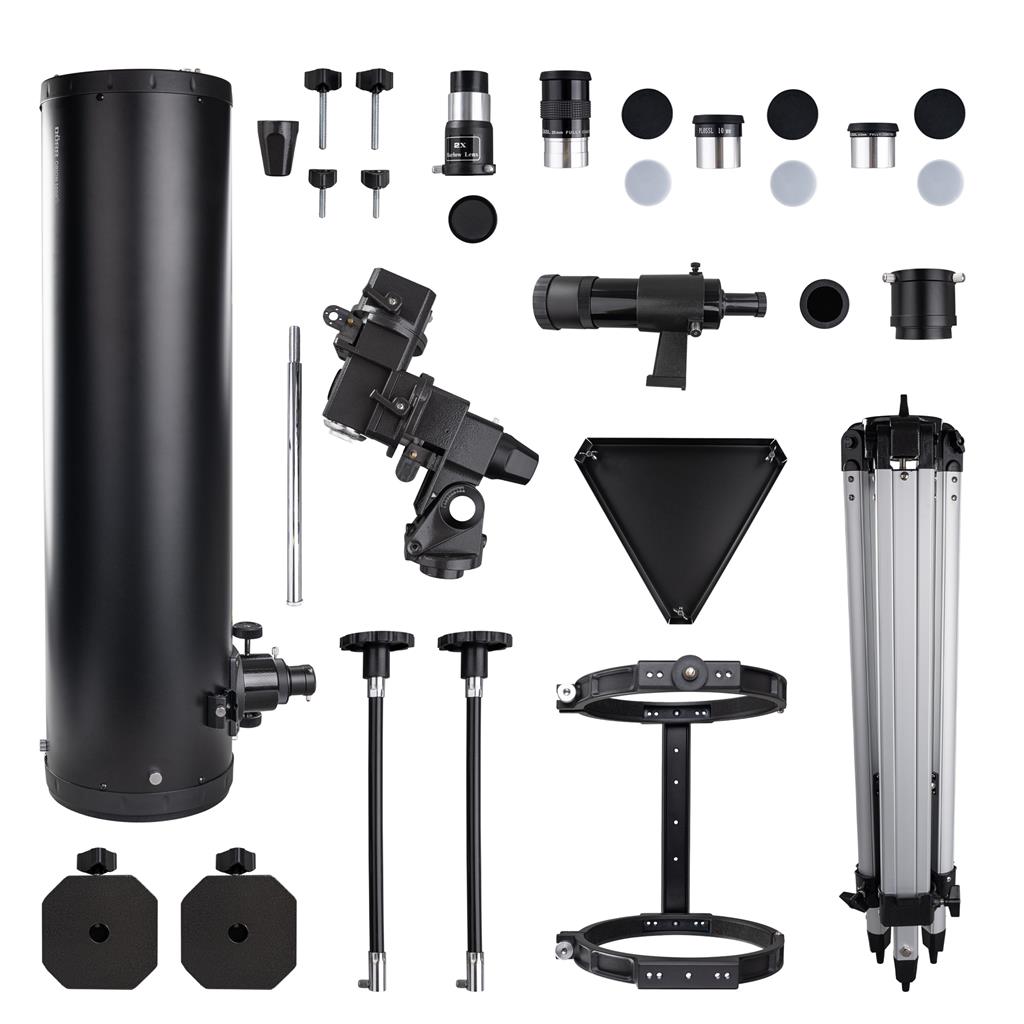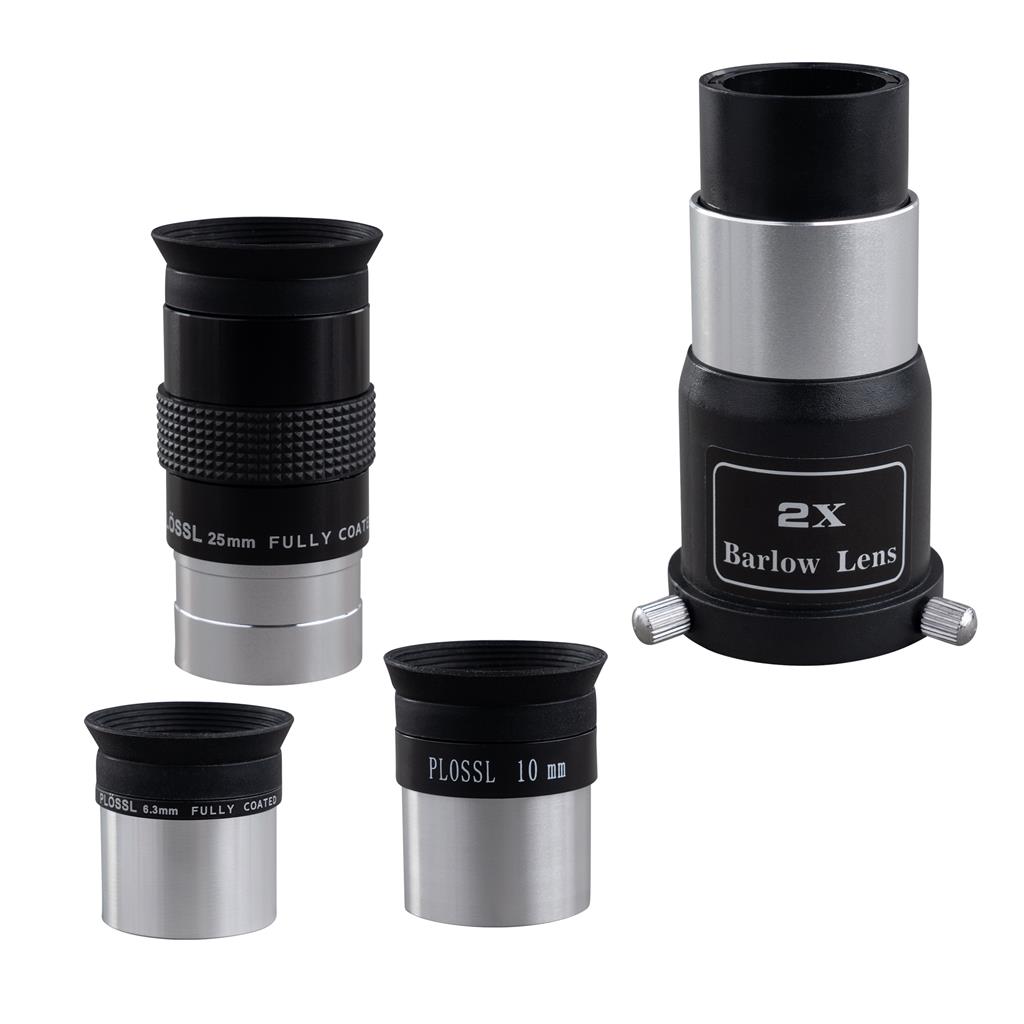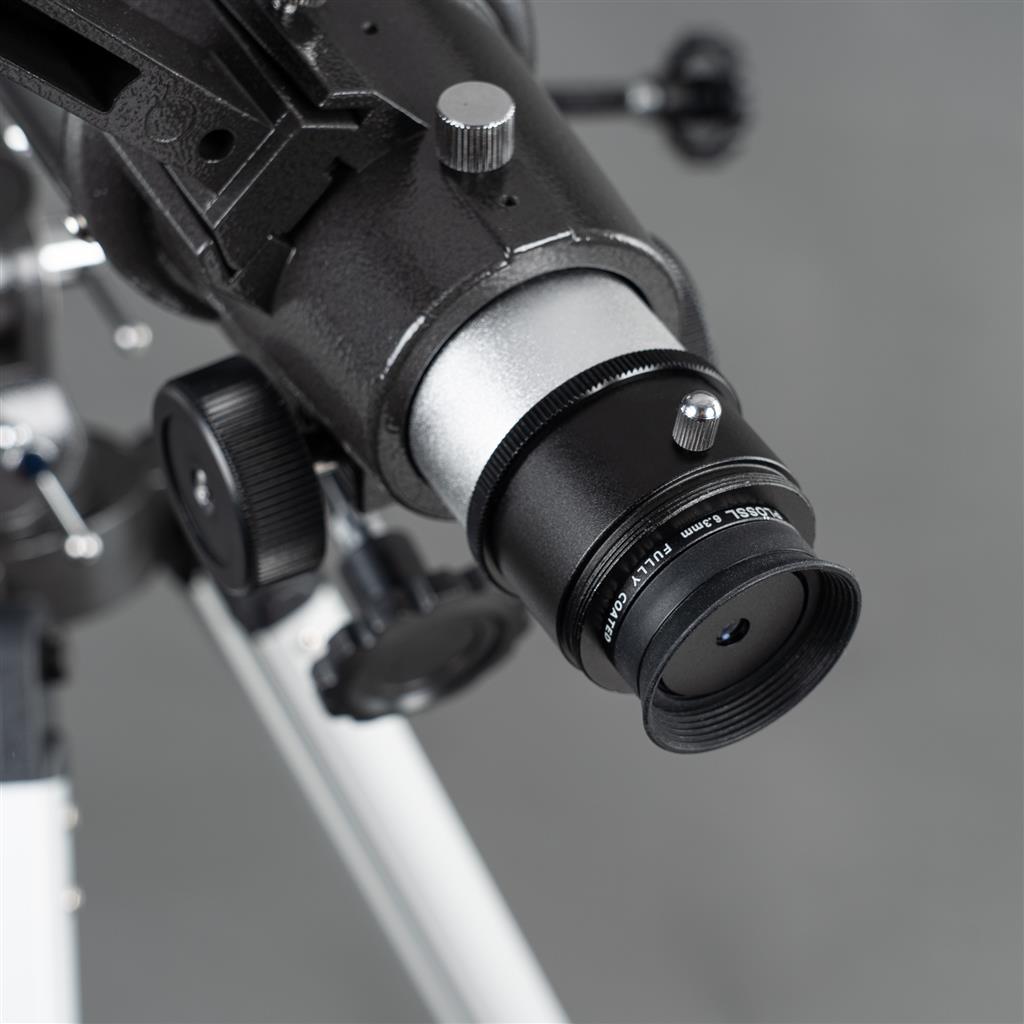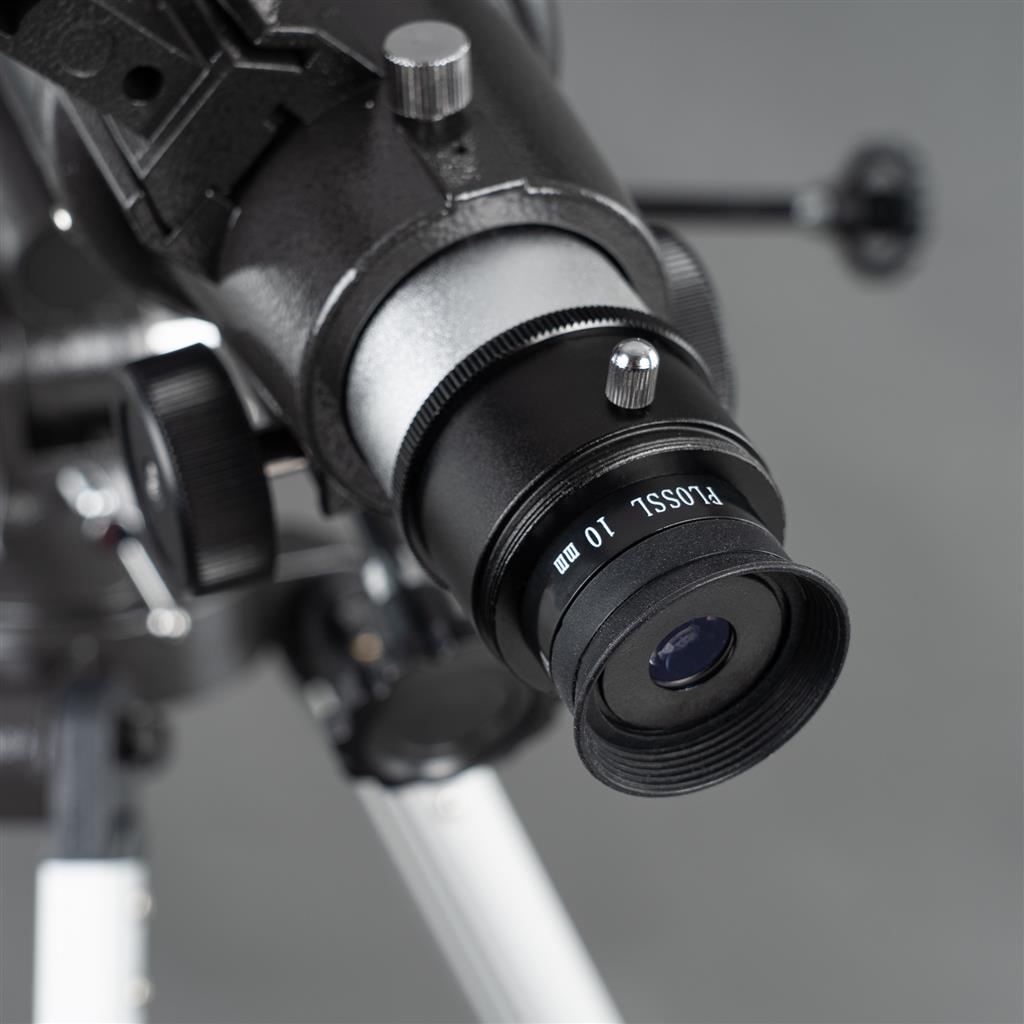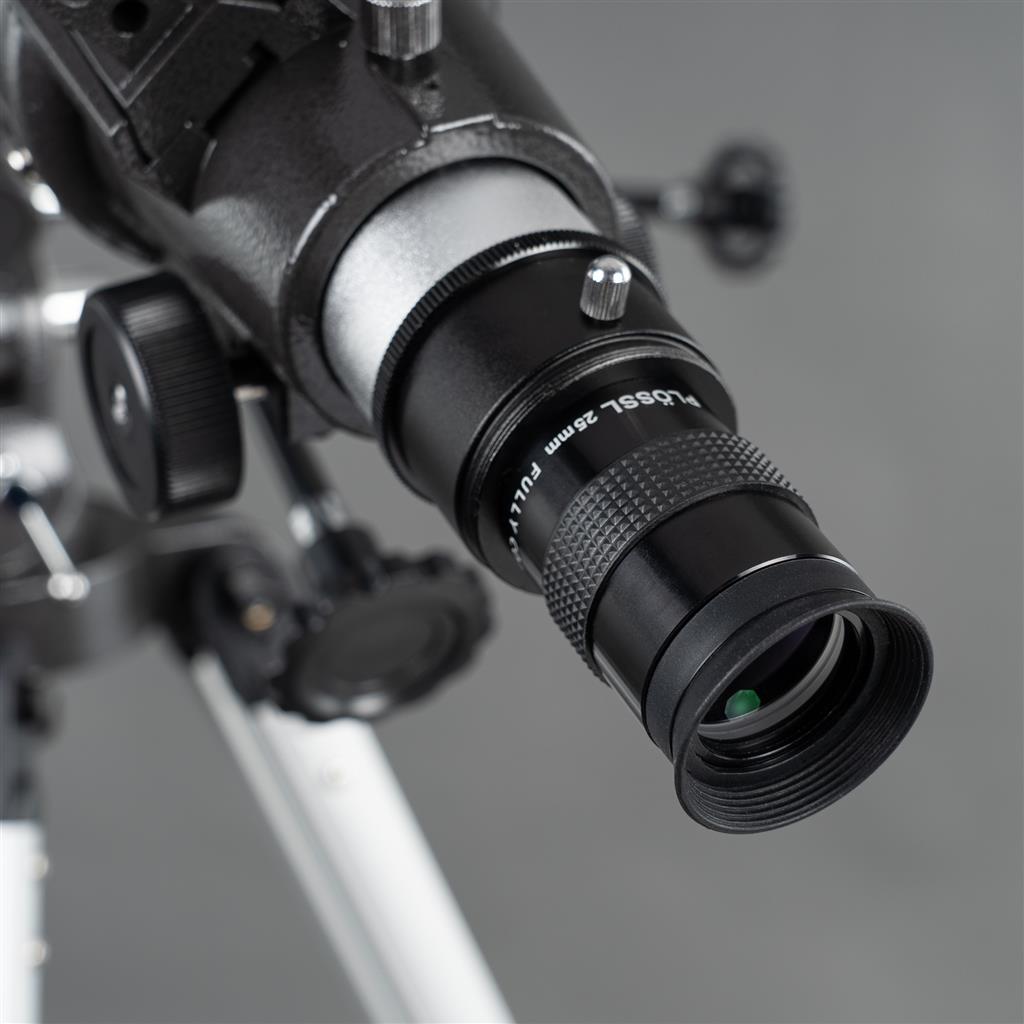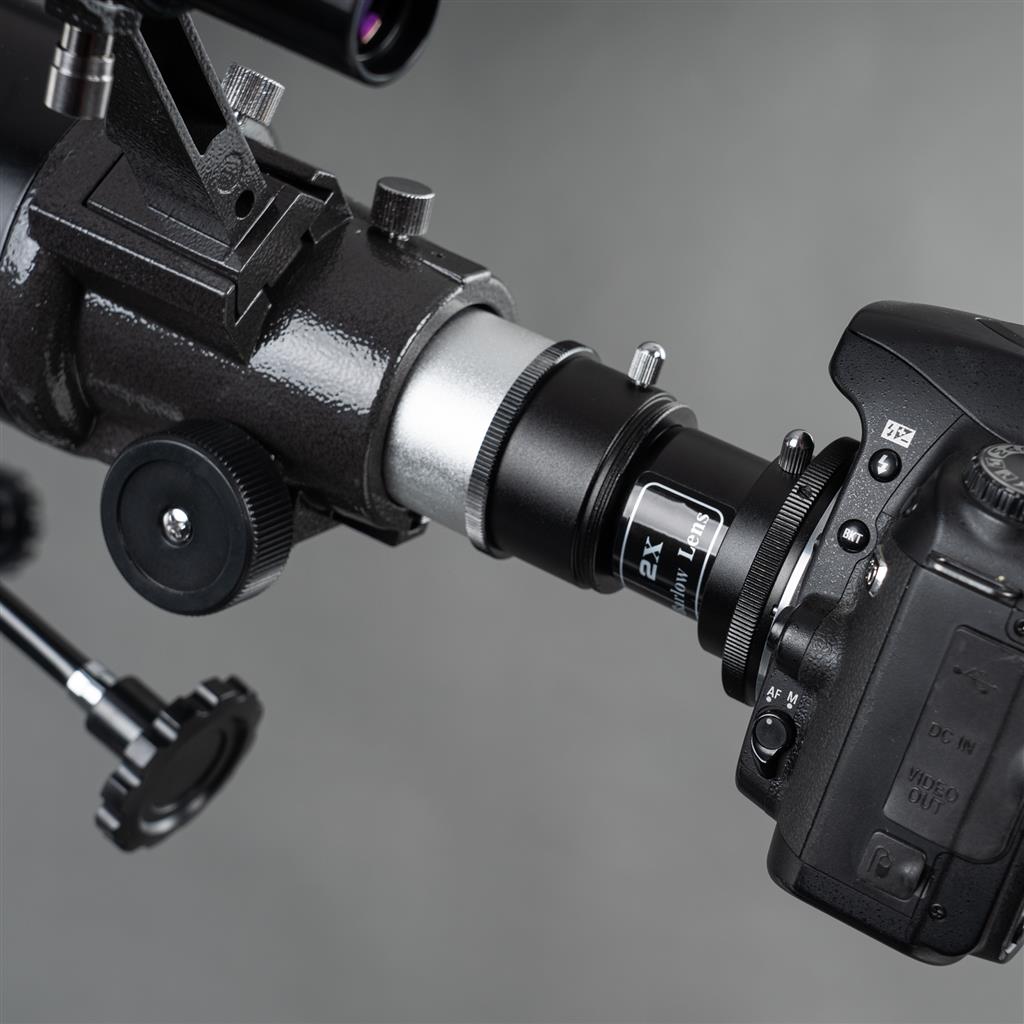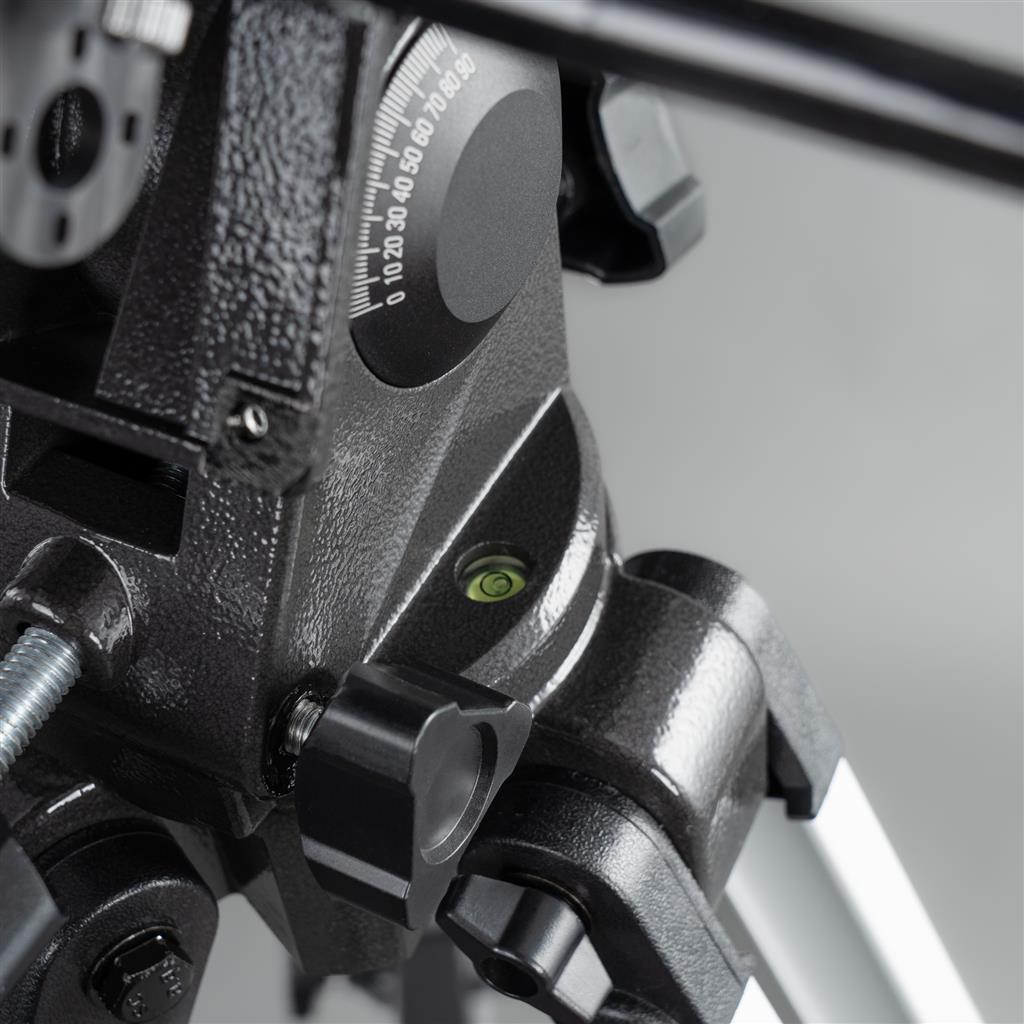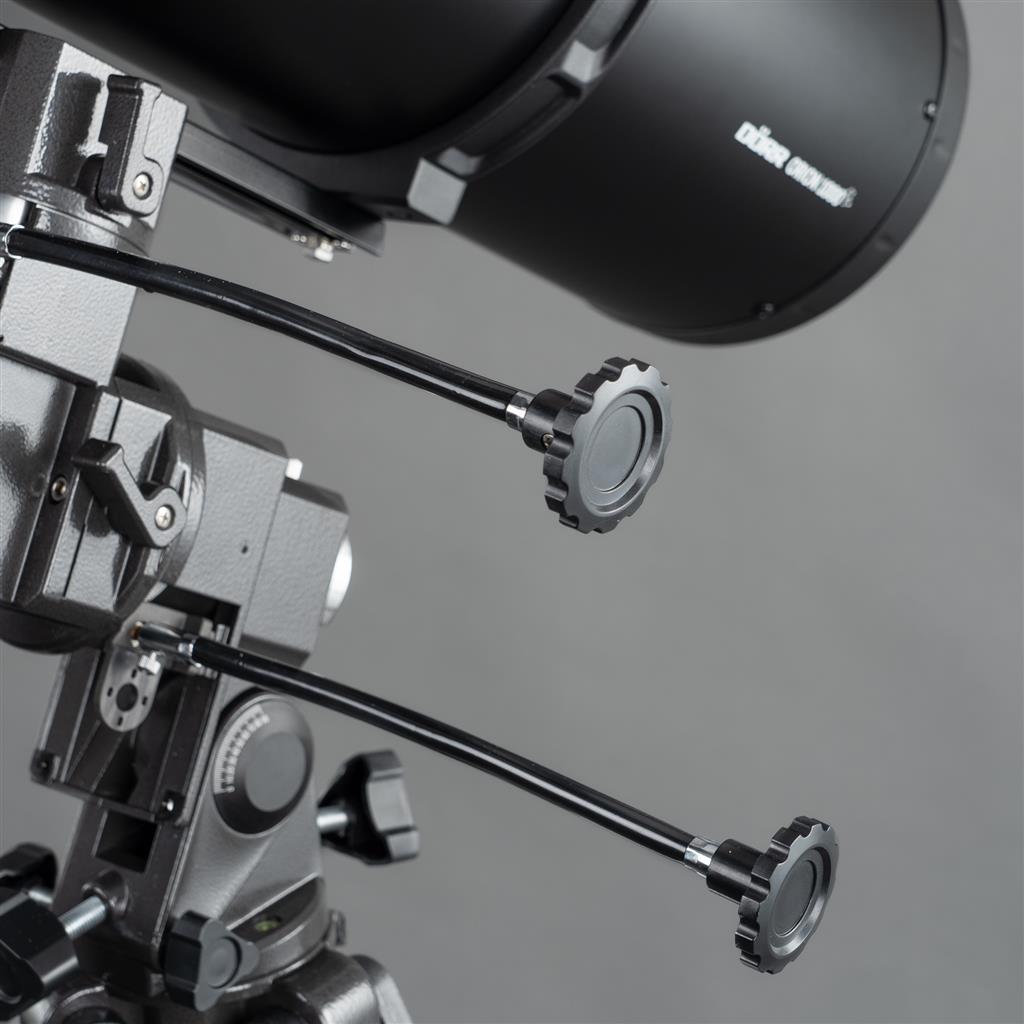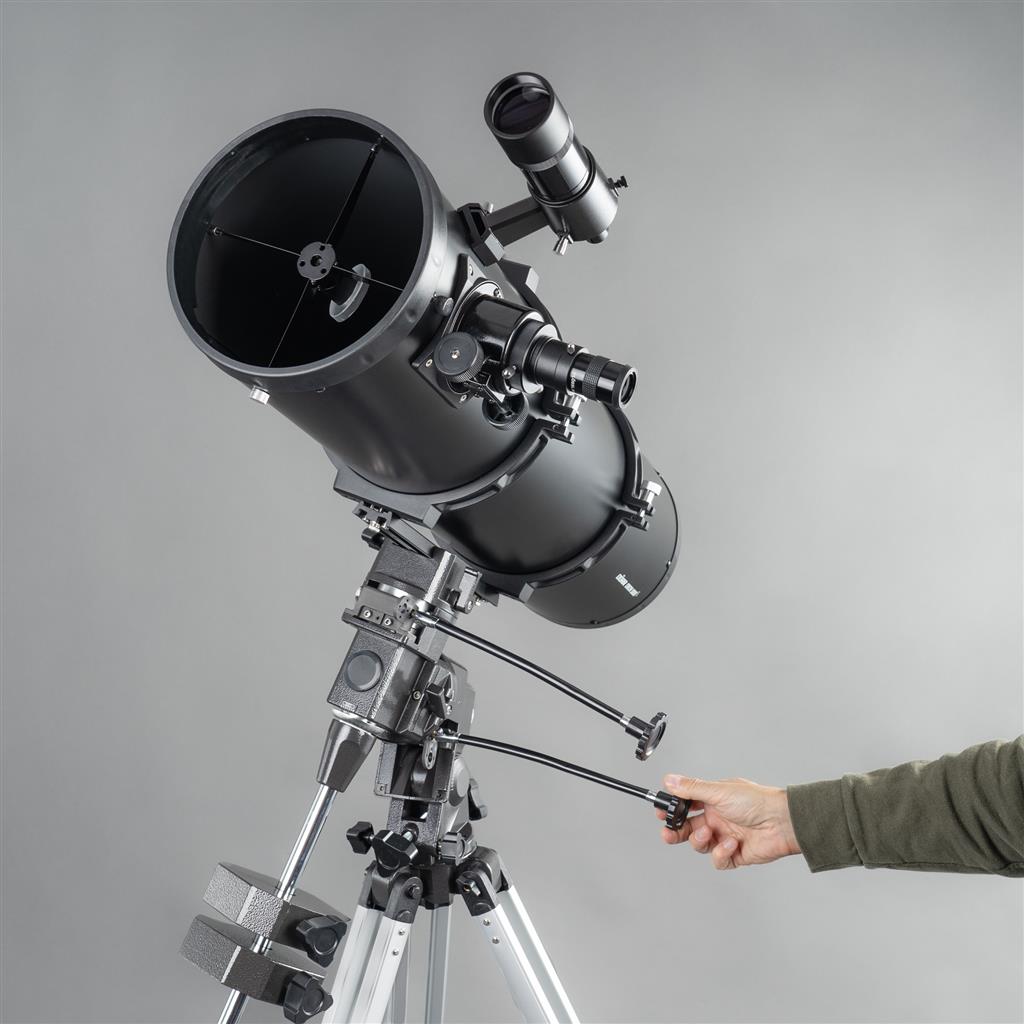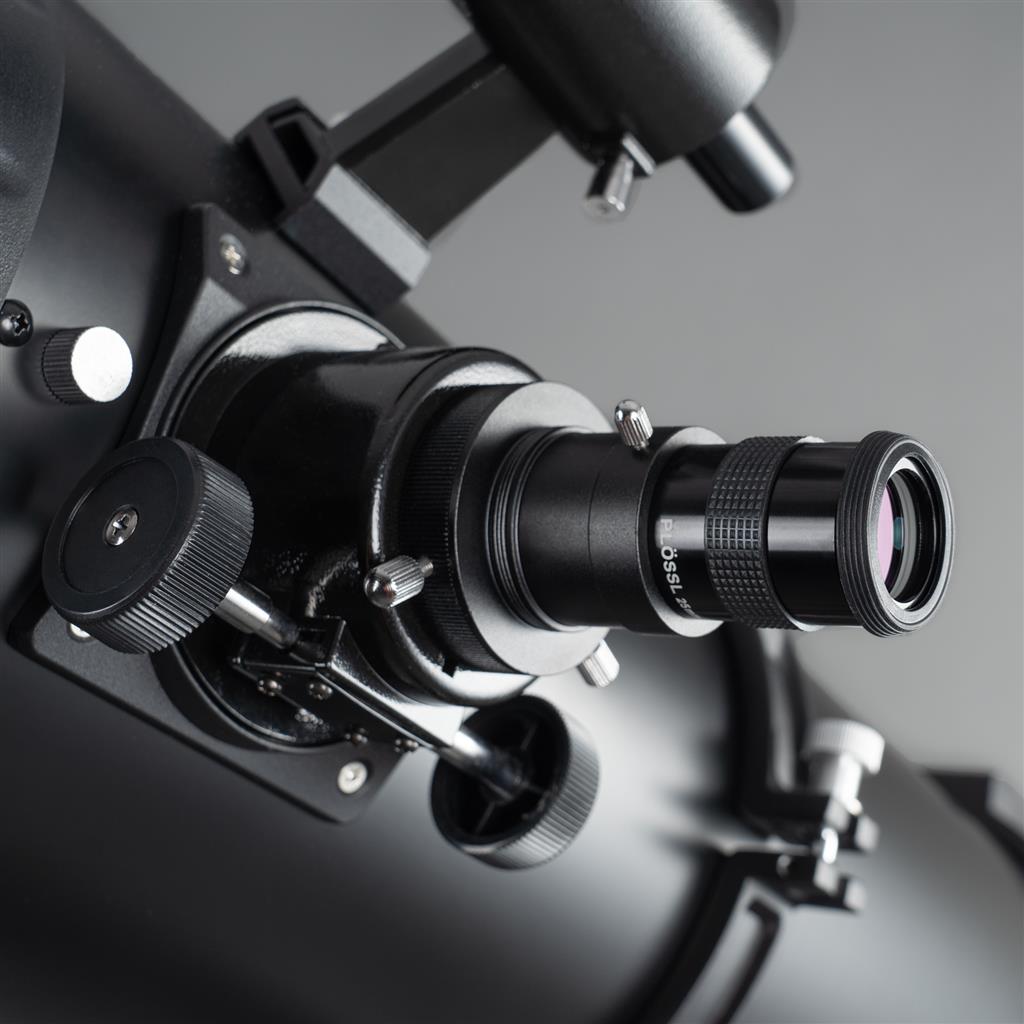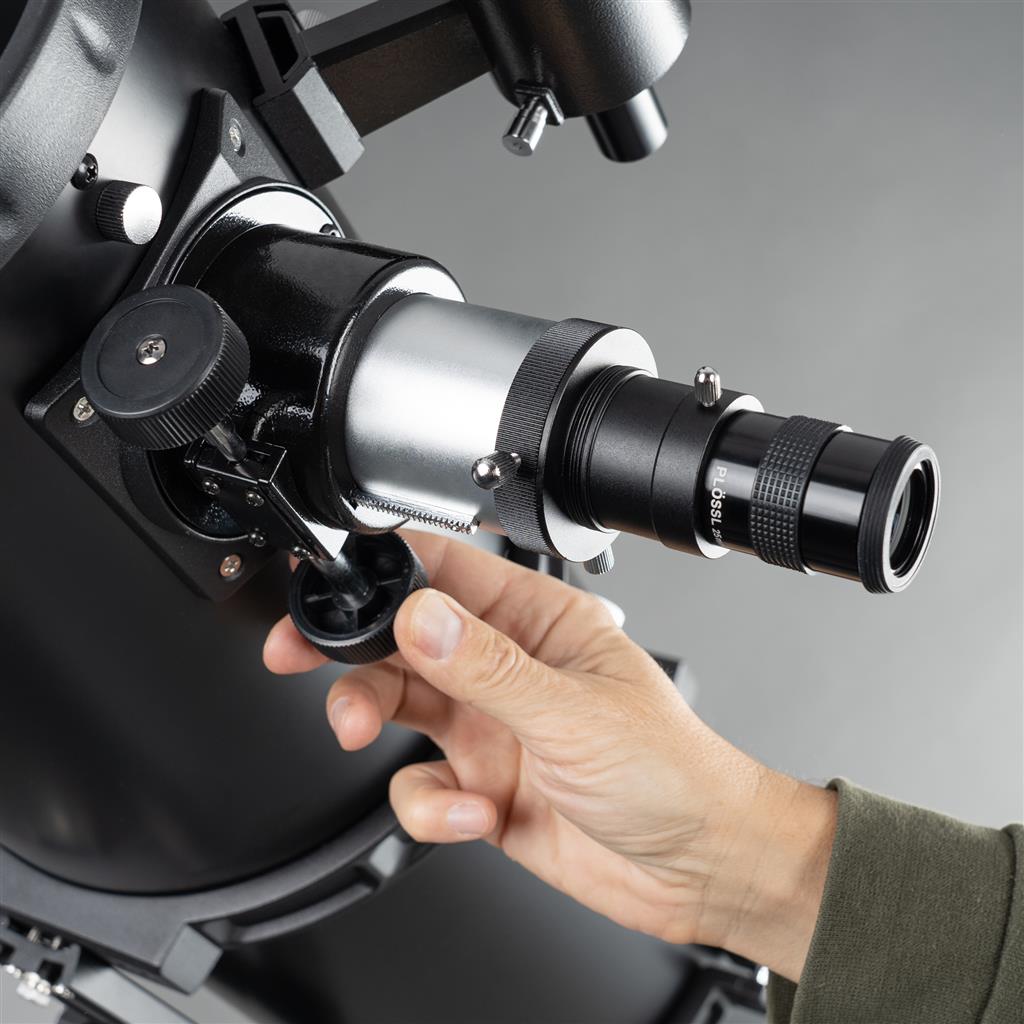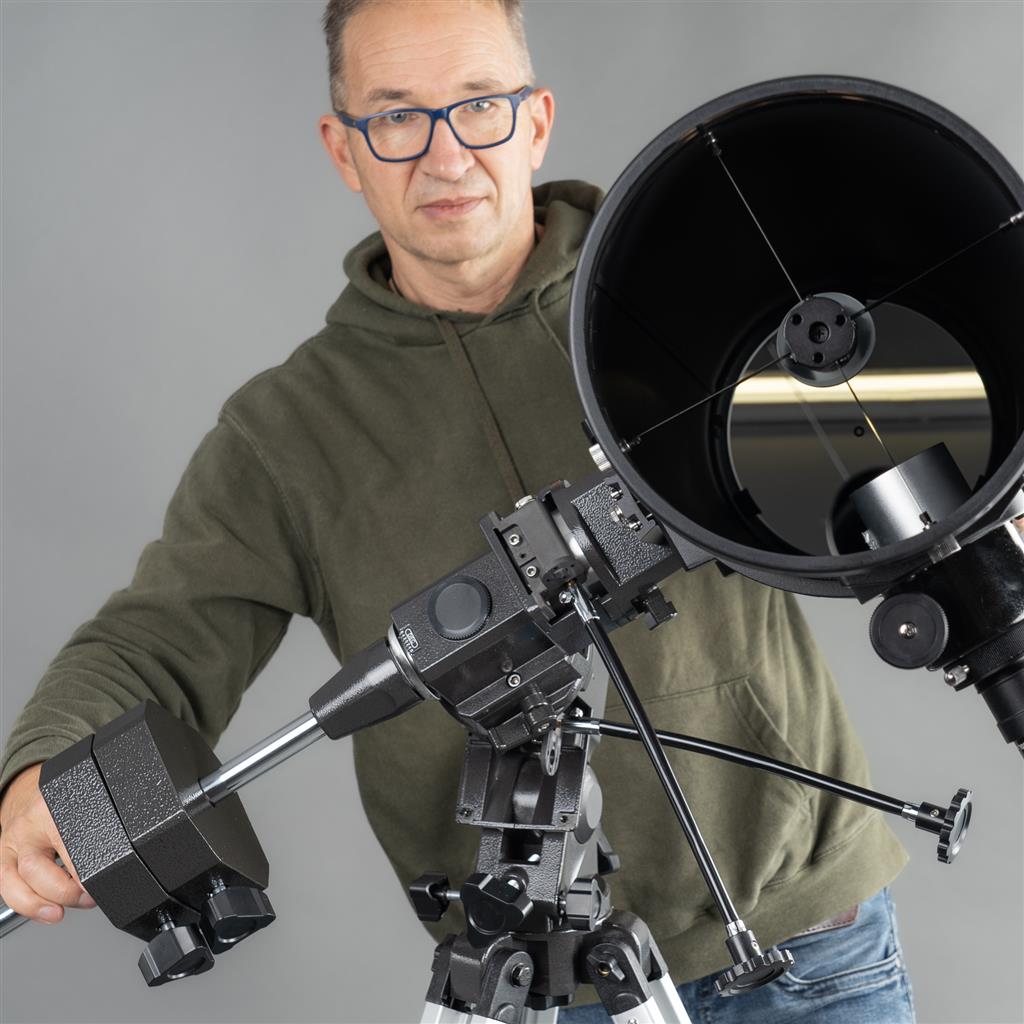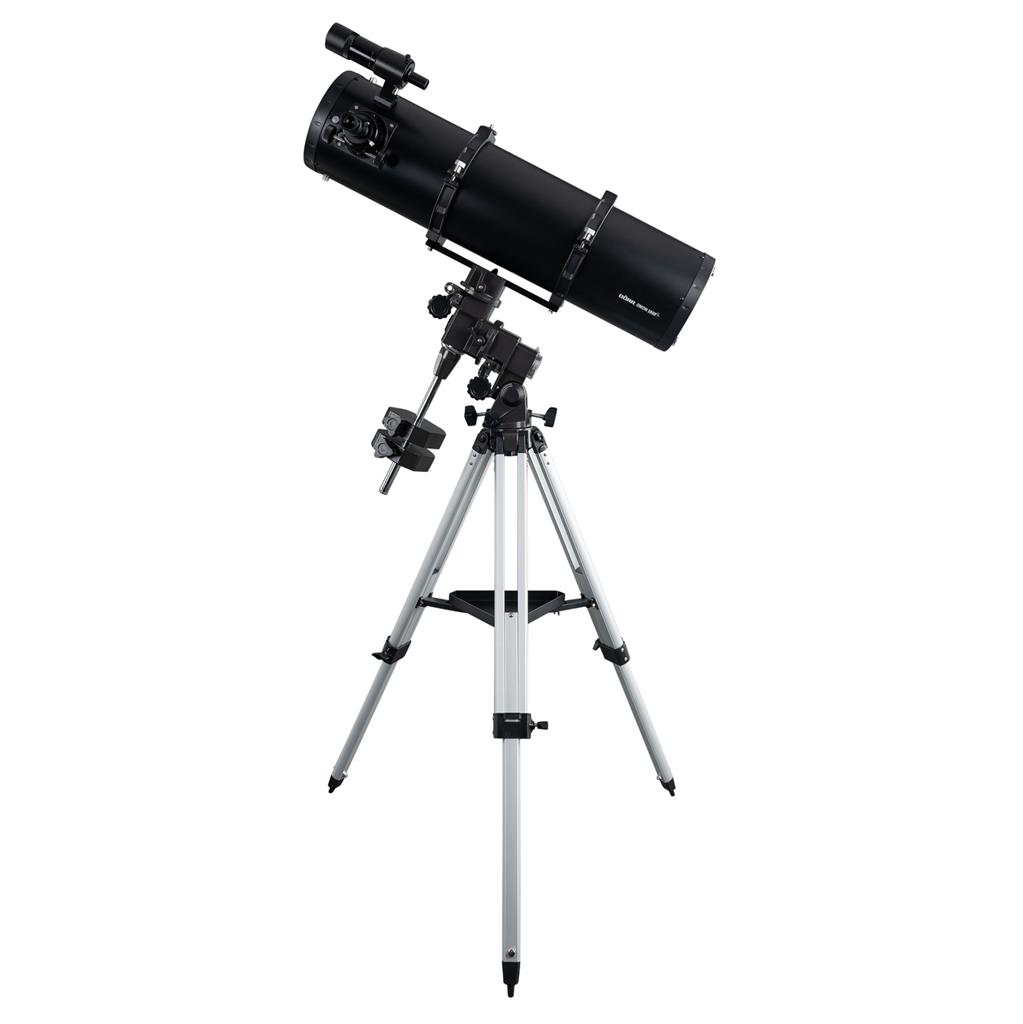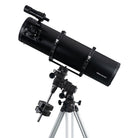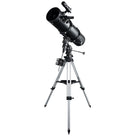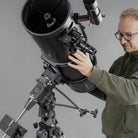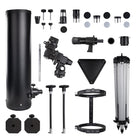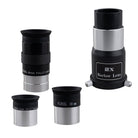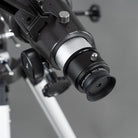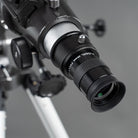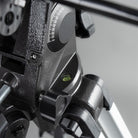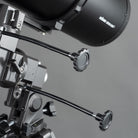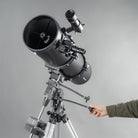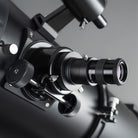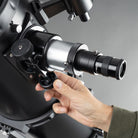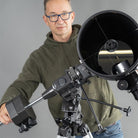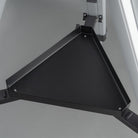Newtonian Reflector Telescope 114/1000mm DELTA 1000
ORION 1000 Reflector Telescope – For Demanding Observers and Ultimate Precision
- High-quality Newtonian reflector telescope for advanced amateur astronomers
- 200 mm aperture & 1000 mm focal length
- Magnification 40 – 318x
- Stable EQ-5 mount for precise tracking and astrophotography
- Achromatic 2x Barlow lens with camera connection (T2 thread)
- Robust, height-adjustable aluminum tripod with accessory tray
- 3 fully coated Plössl eyepieces (PL6.3 / PL10 / PL25)
- Includes 9x50 finder scope & moon filter
- Parabolic primary mirror for brilliant, high-contrast images
- Matte black optical tube – elegant and reflection-free
The DÖRR ORION 1000 is the premium model for those who accept no compromises when exploring the night sky. With its superior optics, solid EQ-5 mount, and comprehensive accessories, this telescope is ideal for experienced observers and the perfect foundation for astrophotography.
It’s robust, precisely engineered, and ready for use straight out of the box: Tripod, EQ-5 mount, finder scope, three fully coated Plössl eyepieces, achromatic 2x Barlow lens with T2 camera connection, and a moon filter are all included.
The ORION 1000 delivers exceptionally clear and detailed observations of the Moon, planets, stars, nebulae, and open or globular star clusters. Even fine surface details on major planets and distant galaxies become visible — with sharpness and brilliance that will amaze you.
Precision Newtonian Design with Parabolic Mirror
The DÖRR ORION 1000 is a classic Newtonian reflector telescope, a design trusted by astronomers for centuries. Despite its long 1000 mm focal length, the tube remains compact and easy to handle thanks to the light path’s redirection via the primary and secondary mirrors.
This system eliminates color distortions, resulting in crisp, high-contrast, true-color images. The impressive 200 mm aperture provides a fast focal ratio of f/5, offering exceptional brightness even when observing faint deep-sky objects.
At its core lies a precision-ground parabolic primary mirror, manufactured using modern technology to minimize aberrations and diffraction. The result: tack-sharp, high-contrast details and a viewing experience that rivals professional setups.
The side-mounted eyepiece allows for comfortable, fatigue-free observation, even during long nights under the stars.
Together with its solid construction, the ORION 1000 delivers outstanding optical performance at an excellent value.

Aluminum Tripod – Stability Meets Mobility
The sturdy aluminum tripod combines excellent rigidity with low weight, making it ideal for both home use and mobile setups. Its infinitely adjustable legs allow comfortable, upright viewing for users of all heights.
A large accessory tray between the legs provides space for eyepieces and accessories — everything safely stored and within easy reach.
EQ-5 Mount – Precision for the Most Demanding Tasks
The EQ-5 equatorial mount is the most stable mount in the DÖRR lineup and forms the core of the ORION 1000. It allows precise alignment and smooth tracking of celestial objects. Once aligned with Earth’s axis, only one axis needs to move to compensate for Earth’s rotation — keeping your target cantered at all times. Manual fine adjustments are made using flexible control cables with knobs, ensuring smooth and precise movement. Two adjustable counterweights and solid tube rings keep the telescope perfectly balanced for optimal tracking accuracy.
The EQ-5 mount stands out with its exceptional stability and smooth operation — ideal for high magnifications and astrophotography.
Setup & Operation – Quick to Assemble, Precise in Performance
Designed for both performance and convenience, the ORION 1000 can be assembled quickly and is easy to operate. Tracking is intuitive: guide your target with one control knob while fine-tuning focus precisely with dual adjustment wheels. All controls are ergonomically positioned for comfortable use during long observation sessions.
Finder Scope 9x50 – For Precise Target Acquisition
The 9x50 finder scope mounts parallel to the main optical tube and, after initial alignment, enables quick and accurate location of celestial targets. Its 9x magnification and 50 mm aperture provide a bright, wide field of view, making it ideal for locating both bright and faint objects with ease.

Fully Coated Plössl Eyepieces – Brilliant Optical Performance
Eyepieces are a key part of any optical system. They determine magnification and influence your viewing experience. The ORION 1000 includes three high-quality, fully coated Plössl eyepieces with a standard 1.25“-barrel diameter, each with four optical elements for sharp, bright, and contrast-rich images:
- PL6.3 (6.3 mm, Plössl): High-magnification eyepiece for detailed planetary and lunar observation – 159x magnification
- PL10 (10 mm, Plössl): All-round eyepiece with balanced field of view and consistent edge-to-edge sharpness – 100x magnification
- PL25 (25 mm, Plössl): Wide-field eyepiece ideal for deep-sky and panoramic star-field views – 40x magnification
The fully coated optics (FC) ensure maximum light transmission and minimal reflections, producing bright, color-neutral, and highly detailed images.
Achromatic 2x Barlow Lens – Double the Power, Plus Camera Connection
The included achromatic 2x Barlow lens doubles the magnification of any eyepiece and adds T2 threading for direct camera attachment. With the Barlow lens attached, magnifications are as follows:
- PL6.3 → 318x
- PL10 → 200x
- PL25 → 80x
The lens is equipped with a T2 mounting thread and – when used with an optional DÖRR T2 adapter – allows the direct connection of common DSLR or mirrorless cameras. This enables you to capture fascinating images of the night sky with sharp contours and minimal optical aberrations.
Moon Filter – For Comfortable, Glare-Free Viewing
The included moon filter simply screws into the eyepiece and reduces brightness — like wearing sunglasses for your telescope. It provides comfortable, high-contrast views of the Moon, particularly during full phases, and is also recommended for observing bright planets such as Venus.
💡 Tips & Tricks
You can find more technical information under the Specifications tab. In the Downloads section, you’ll discover helpful Tips & Tricks to guide you through your first steps in astrophotography.
⚠️ Important Safety Notes
- Never look directly at or near the Sun through the telescope or finder scope — doing so can cause permanent eye damage or blindness.
- Not a toy! Children must use the telescope only under adult supervision.

